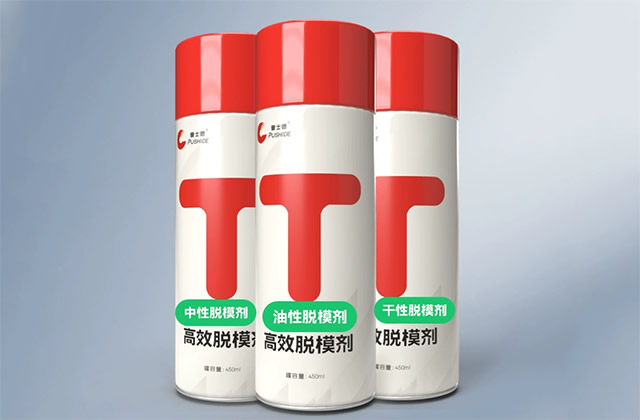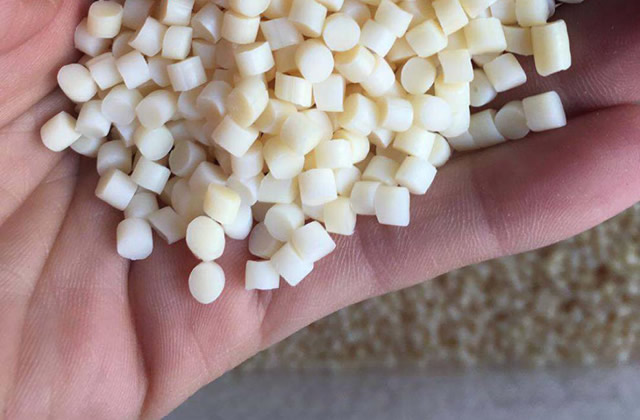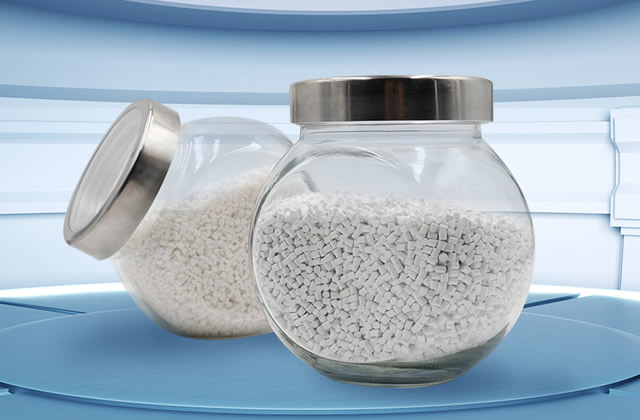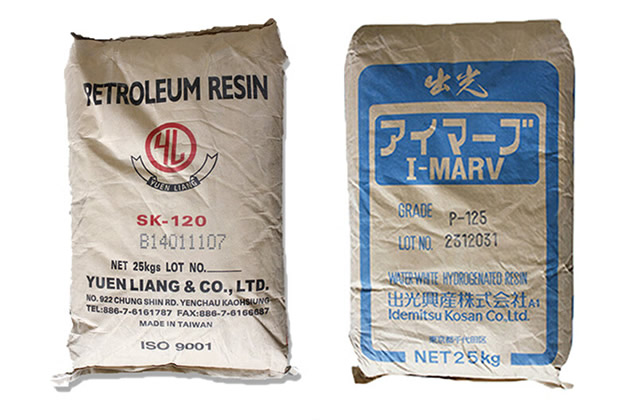1. Correct use of release agent
Release agent is a functional substance between the mold and the finished product. It can make the surface of the object easy to Release, smooth and clean, widely used in various molding operations such as metal die-casting, polyurethane foam and elastomers, fiberglass reinforced plastics, injection molded thermoplastics, vacuum foam sheets and extruded profiles. So how to use release agent ?
1. Choose the correct release agent
You need to choose a release agent suitable for your mold and product. Different release agents are suitable for Different materials and surfaces, so you need to choose a release agent that is suitable for your mold and product. For example, if you are using a silicone mold, you will need to use a silicone release agent. If you are using a metal mold, you will need to use a metal release agent.

2. Clean the mold surface
Before using the release agent, you need to ensure that the mold surface is clean. Clean the mold surface with detergent and water to make sure there is no dirt or grease. This will ensure the release agent will adhere to the mold surface properly.
3. Apply the release agent
Use a brush or sprayer to apply the release agent to the mold surface, making sure it is evenly applied to ensure that the product can easily The ground breaks away from the mold. If you are using a sprayer, you will need to make sure that the sprayer is close enough to the mold surface to ensure that the release agent is evenly applied to the mold surface.
4. Wait for the release agent to dry
After applying the release agent, you need to wait for the release agent to dry, which usually takes a few minutes. It depends on the type of release agent you use and the ambient temperature. Do not place anything into the mold until the release agent has dried. After the release agent is completely dry, molding production can begin.
5. Remove the product from the mold
After completing production, you can take the product out of the mold, making sure to gently remove the product from the mold to avoid damaging the product or mold. If you find that the product is difficult to remove from the mold, you may need to reapply the release agent.
6. Clean the mold
After using the release agent, you need to clean the mold. Use detergent and water to clean the mold surface to ensure that there is no Release agent residue, this can ensure the long-term use of the mold and ensure that the release agent can be used next timeenough to adhere correctly to the mold surface.
2. What are the precautions for using forging release agents?
Release agents are commonly used in the forging of aluminum, copper, iron, carbon steel, stainless steel and other metals. In the field of molding and release, when using forging release agents, there are the following matters that need to be paid attention to:
1. The release agent holding utensil must be clean and free of oil stains and other Impurities.
2. The release agent must be mixed with clean water. When the container or water containing the release agent is contaminated, it will easily cause the release agent to deteriorate, thus affecting the release effect of the release agent. This has resulted in an increase in the scrap rate of some sensitive die castings.
3. Water-adding rate: Select the appropriate water-adding rate according to the release agent instruction manual, which is generally around 1:100. It is prohibited to make the water-adding rate too low, mainly based on the shape complexity of the die-casting part and the spraying time. The length of the casting should be determined. If the casting has a simple shape and the spraying time is long, it should be thinner. If the casting has a complex shape and the wall thickness is thin, it can be slightly thicker.
4. When using the release agent, pay attention to its factory time and shelf life. The release agent should be mixed with water in time after opening the lid and used up within a short period of time, especially during summer production to prevent deterioration.
5. When spraying release agent, the general spraying distance is about 100~200mm, not too large or too small. For individual points, such as diverter cone, lateral runner and core, etc. The distance can be shortened appropriately.
6. On the premise of ensuring the smooth demoulding and quality of the castings, shorten the spraying time as much as possible. On the premise of ensuring smooth demoulding and quality of castings, minimize the amount of spray paint.
7. The temperature control of mold cavity spraying should follow the principle of balance to make the temperature of each point of the mold uniform.
If the website content violates your rights, please contact us to delete it。








